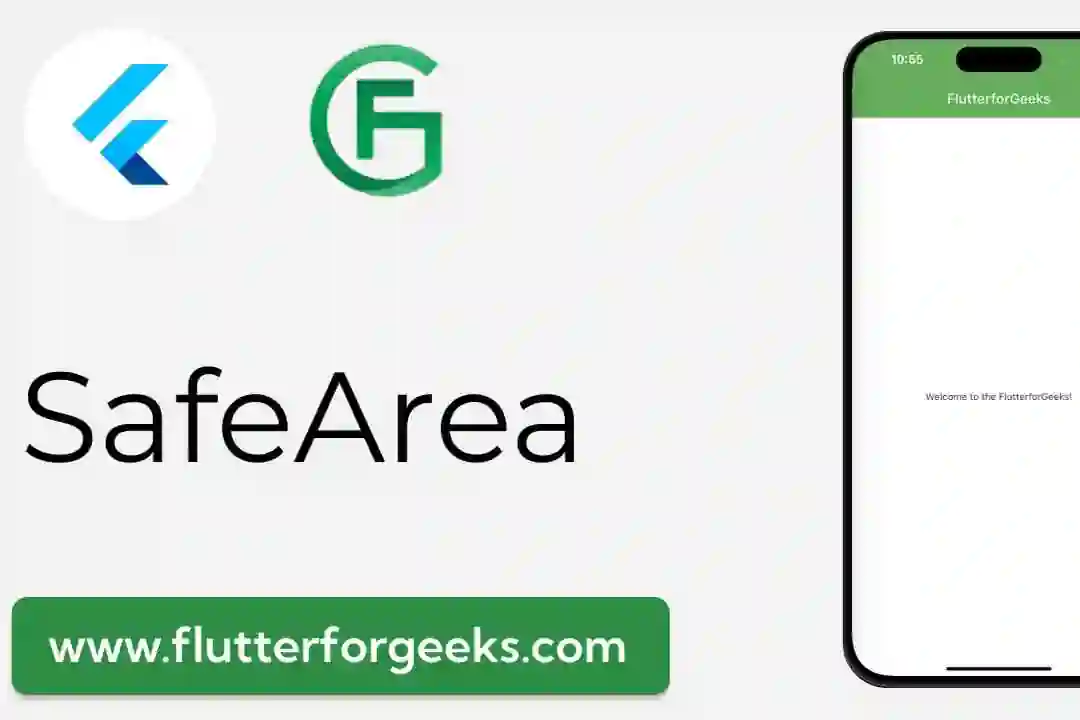Flutter, developed by Google, has gained immense popularity for building beautiful and high-performance mobile applications. One of the core elements in Flutter's framework is the MaterialApp class. In this blog post, we'll dive deep into what MaterialApp is and how it plays a crucial role in creating Flutter applications.
What is MaterialApp?
MaterialApp is a fundamental widget in Flutter that provides an opinionated application structure following the Material Design guidelines. It serves as the root of your application and provides essential features like navigation, theme customization, and more.
Key Features of MaterialApp
Let's explore some of the key features of the MaterialApp class:
1. Material Design Compliance
MaterialApp enforces the Material Design guidelines, ensuring that your application has a consistent and visually appealing look and feel. This includes predefined styles, typography, and animations.
2. Routing and Navigation
MaterialApp manages the navigation stack, allowing you to easily navigate between different screens or pages in your application. It uses a named routing mechanism, making it simple to push, pop, and manage routes.
3. Theme Customization
You can define and customize the overall theme of your application using the theme property of MaterialApp. This allows you to set colors, fonts, and other design elements that align with your brand or desired aesthetic.
4. Internationalization and Localization
MaterialApp provides tools and widgets for handling internationalization and localization. This allows you to easily translate your application into multiple languages, making it accessible to a global audience.
5. Accessibility Features
Flutter places a strong emphasis on accessibility. MaterialApp includes features and properties that help in creating apps that are usable by individuals with disabilities, ensuring inclusivity for all users.
How to Use MaterialApp
Here's a basic example of how to use MaterialApp:
import 'package:flutter/material.dart';
void main() {
runApp(MyApp());
}
class MyApp extends StatelessWidget {
@override
Widget build(BuildContext context) {
return MaterialApp(
title: 'My Flutter App',
theme: ThemeData(
primarySwatch: Colors.blue,
visualDensity: VisualDensity.adaptivePlatformDensity,
),
home: MyHomePage(),
);
}
}
class MyHomePage extends StatelessWidget {
@override
Widget build(BuildContext context) {
return Scaffold(
appBar: AppBar(
title: Text('Home Page'),
),
body: Center(
child: Text('Welcome to Flutter!'),
),
);
}
}
In this example, we define a MyApp class that extends StatelessWidget. Within the build method, we return a MaterialApp widget. We set the title and theme properties, and specify the home property to point to the initial screen of our application (MyHomePage).
Conclusion
The MaterialApp class in Flutter provides a powerful foundation for building robust and visually appealing applications. Understanding its capabilities and features is essential for creating Flutter apps that not only look great but also provide a seamless user experience.
By leveraging the capabilities of MaterialApp, you can create applications that follow best practices in design and usability, ultimately leading to a more successful and engaging user experience.











